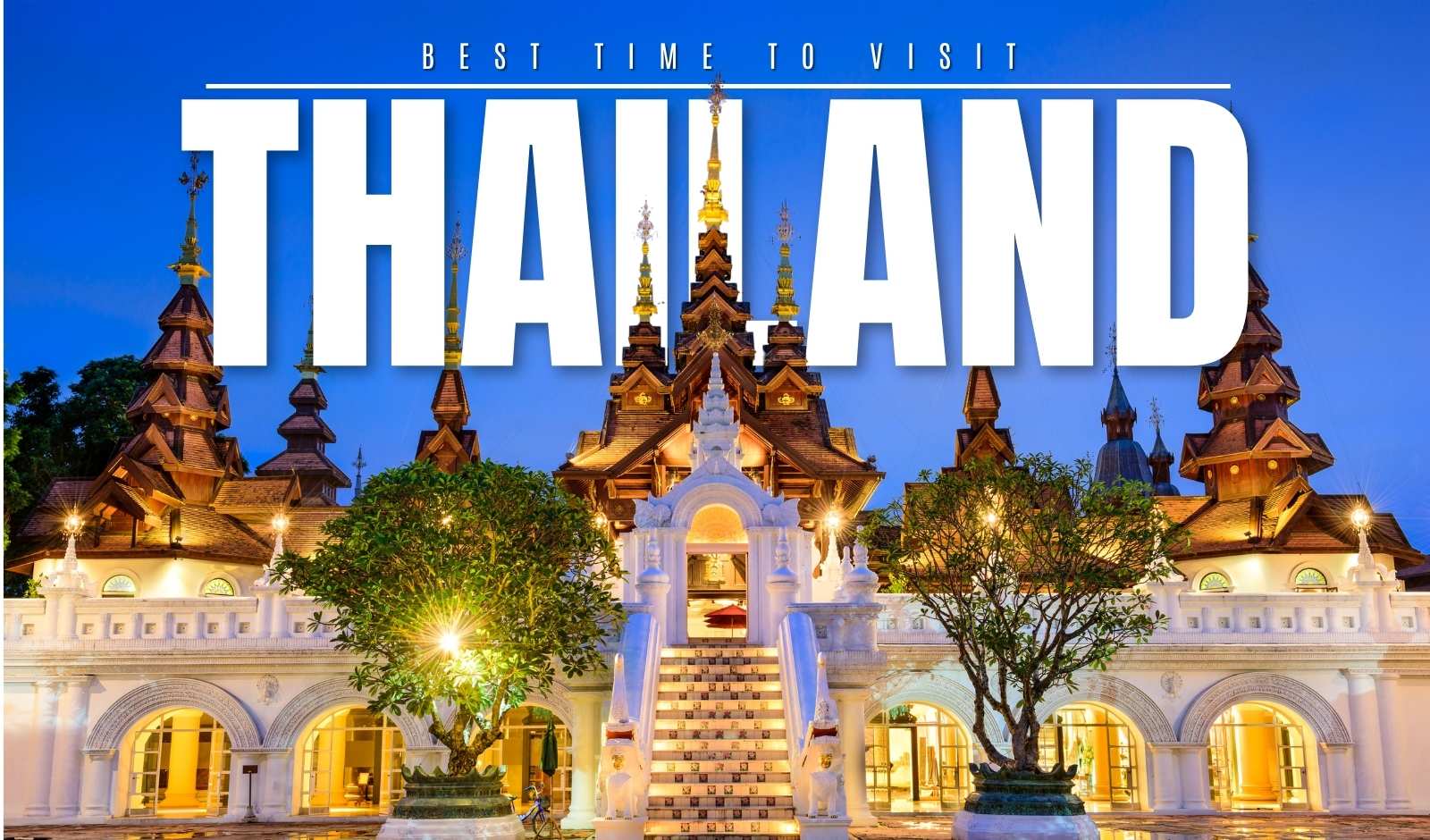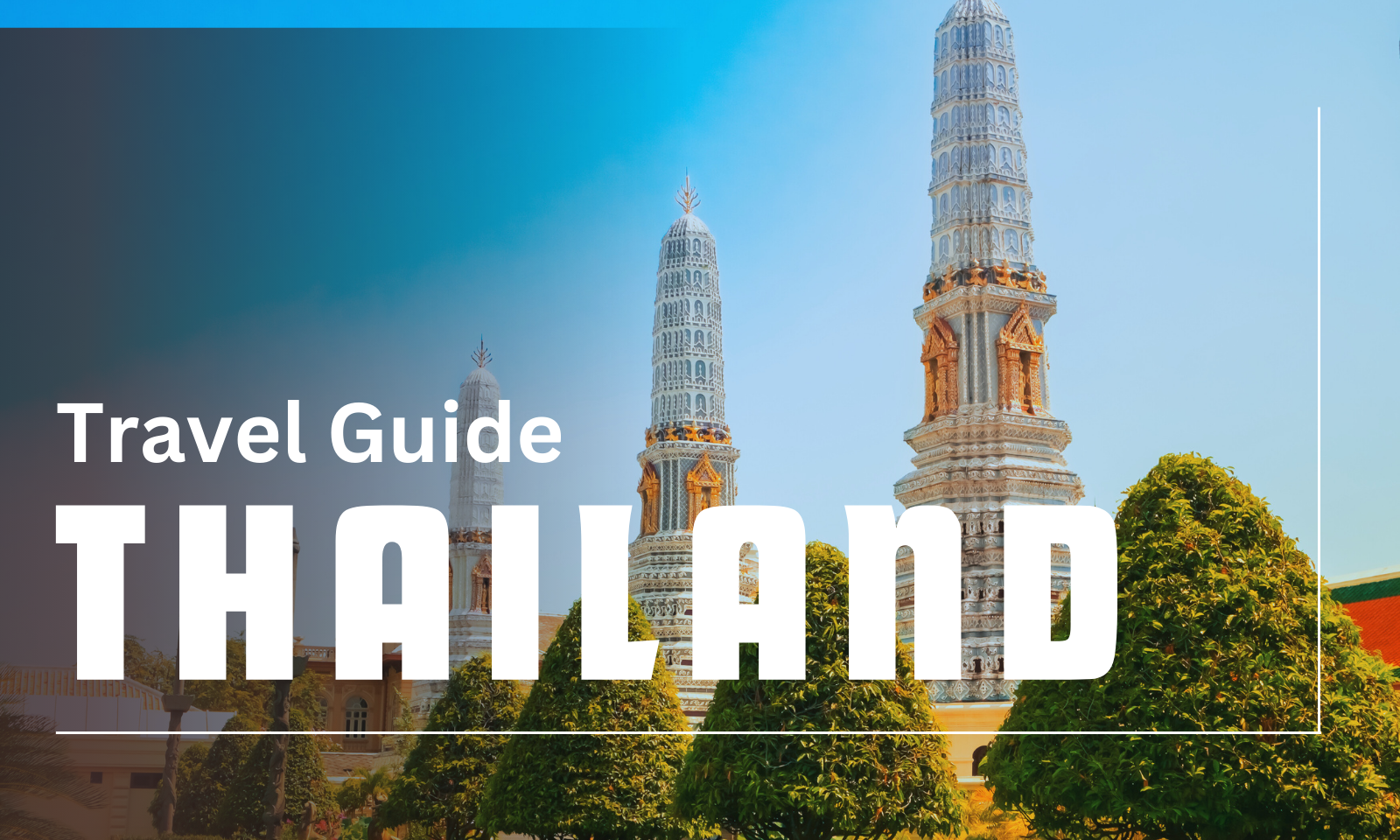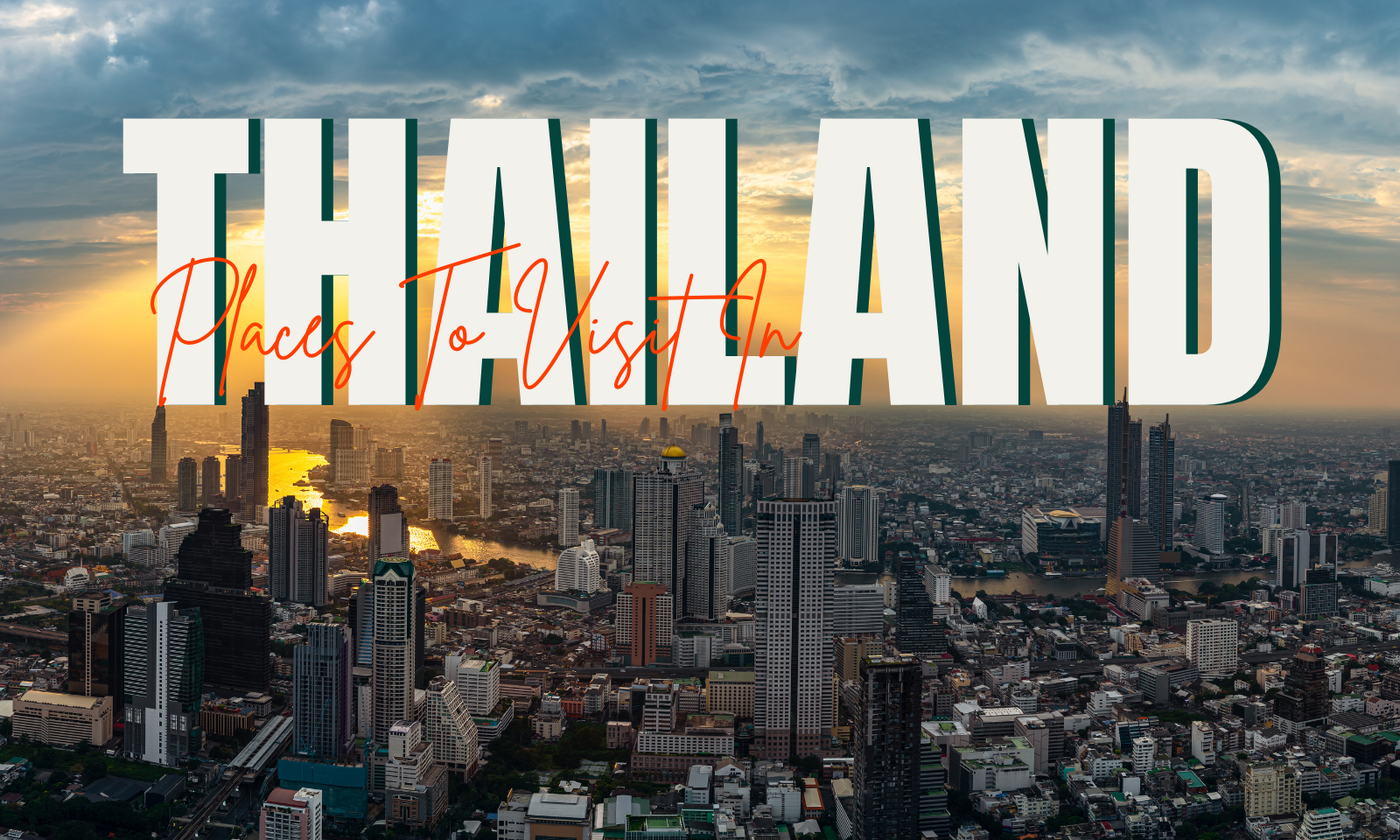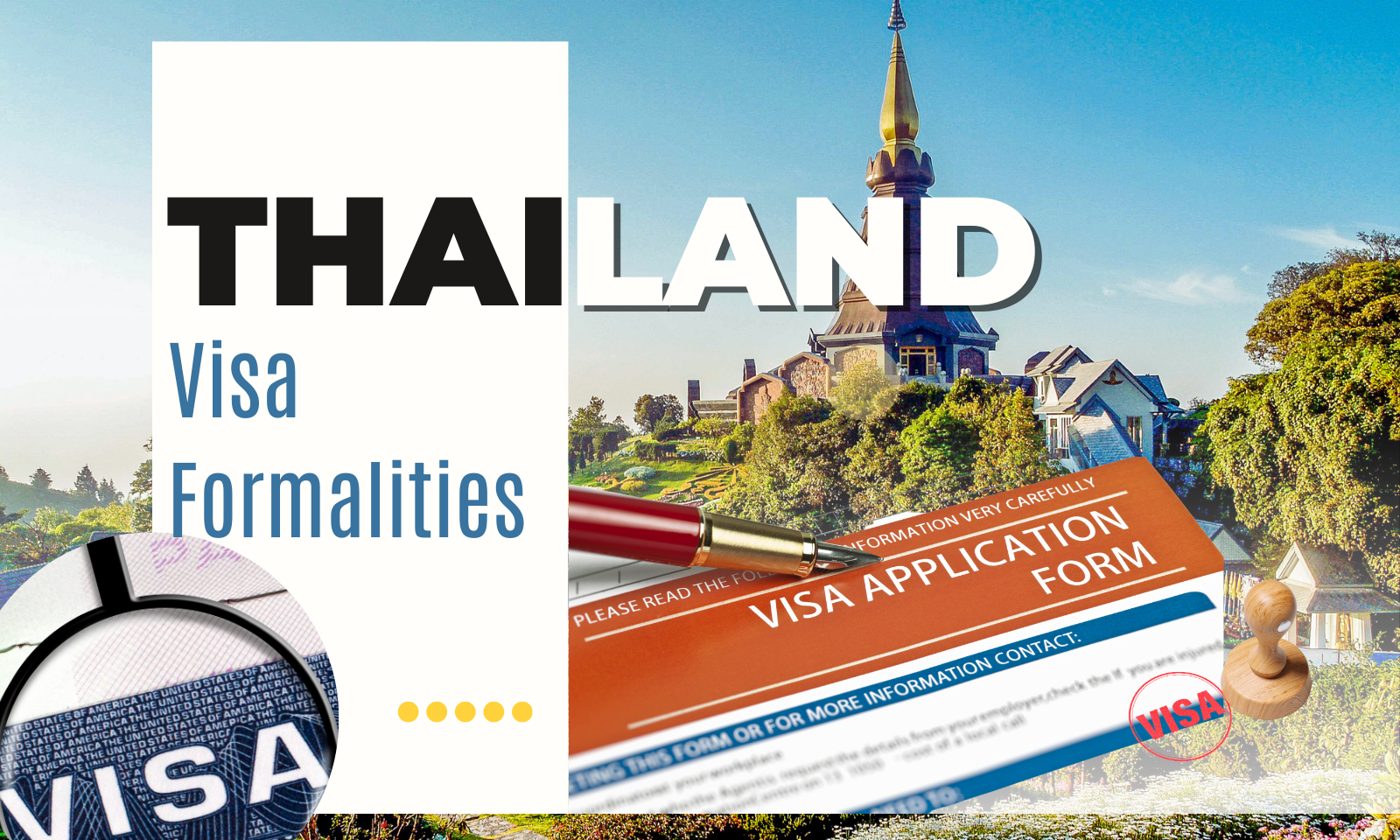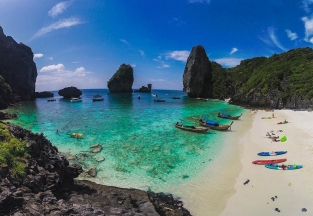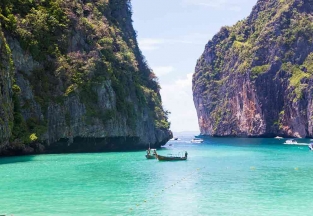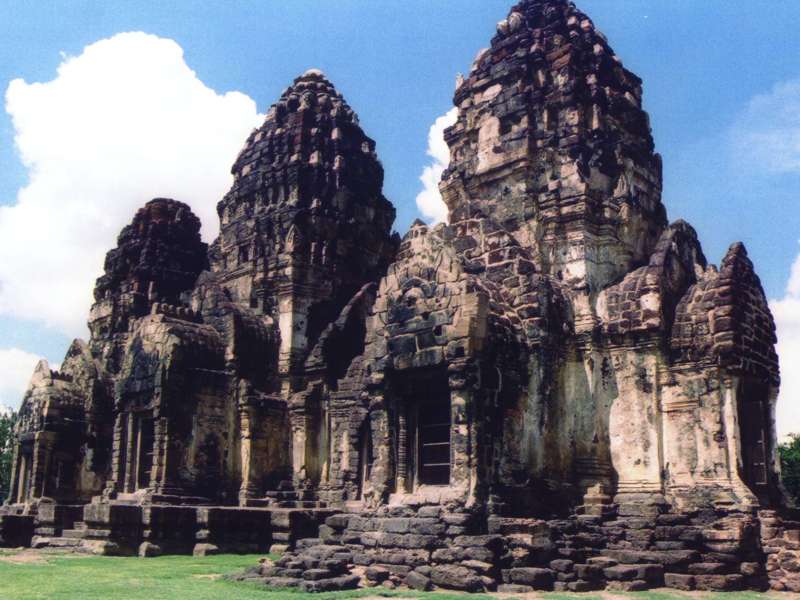
Lopburi

Exploring Lopburi: The Ancient City of Monkeys and Khmer Temples
Lopburi, a city steeped in history and culture, is one of Thailand’s most captivating destinations. Located about 150 kilometers north of Bangkok, Lopburi is known for its fascinating blend of ancient Khmer architecture, Ayutthaya-era palaces, and a lively population of monkeys that roam freely around the city. With its unique historical significance, scenic surroundings, and quirky wildlife, Lopburi offers an unforgettable travel experience for history buffs, culture enthusiasts, and adventurous travelers.
A Journey Through History
Lopburi’s origins date back more than a thousand years, making it one of Thailand’s oldest continuously inhabited cities. The city played a significant role in the Dvaravati and Khmer empires before becoming a major center of power during the Ayutthaya period under King Narai the Great in the 17th century. Today, Lopburi is a treasure trove of historical sites, where visitors can explore ancient ruins and palaces that tell the story of its rich past.
One of Lopburi’s most iconic landmarks is Phra Prang Sam Yot, a stunning temple built in the Khmer architectural style. The temple’s three towers, or prangs, symbolize the Hindu trinity of Brahma, Vishnu, and Shiva. Though originally a Hindu temple, Phra Prang Sam Yot was later converted into a Buddhist shrine. Today, it stands as a reminder of Lopburi’s Khmer heritage and attracts both tourists and monkeys alike. The temple is famous for its population of macaques, which have become synonymous with the city and are often seen climbing over the ancient ruins.
Another must-visit site is Wat Phra Si Rattana Mahathat, an important Buddhist temple located near the train station. This ancient temple complex is home to a grand stupa that houses relics of the Buddha. The temple’s architectural features showcase a blend of Khmer and Thai influences, reflecting the city’s diverse cultural history.
King Narai’s Palace
For a glimpse into Lopburi’s golden age during the reign of King Narai the Great, a visit to Phra Narai Ratchaniwet, or King Narai’s Palace, is essential. Built in the 17th century, this sprawling palace complex was the king’s royal residence and a hub for foreign diplomats, including those from France and Persia. The palace reflects the fusion of European and Thai architectural styles, with its grand halls and courtyards surrounded by lush gardens.
Today, part of the palace has been converted into the Lopburi National Museum, which houses a fascinating collection of artifacts from the city’s ancient past. Visitors can explore exhibits that include Khmer sculptures, Dvaravati-era pottery, and relics from the Ayutthaya period. The museum provides valuable insight into Lopburi’s historical and cultural significance.
The Monkeys of Lopburi
Lopburi’s most famous residents are undoubtedly its monkeys. The city is home to hundreds of long-tailed macaques that roam freely, especially around Phra Prang Sam Yot and the nearby Sarn Phra Karn shrine. The monkeys have become an integral part of the city’s identity, and while they are mischievous and often steal food or belongings, they are also a beloved attraction for tourists.
Each year, Lopburi celebrates the Monkey Festival, or "Lopburi Monkey Banquet", an event held in November where the city’s monkeys are treated to a grand feast of fruits, vegetables, and snacks. The festival is a lively and colorful spectacle, attracting visitors from all over the world who come to witness this unique celebration of the city’s primate population. It’s a joyful occasion that highlights Lopburi’s harmonious relationship with its furry residents.
Exploring the City
Aside from its historical landmarks and monkeys, Lopburi is a charming and laid-back city with a distinct local flavor. A walk through the town reveals a blend of old and new, with ancient ruins standing alongside modern shops, markets, and cafes.
Lopburi’s Old Town is particularly atmospheric, with its narrow streets lined with traditional wooden houses, small eateries, and local markets. The town is known for its delicious street food, and visitors can sample local delicacies like Khao Lam (sticky rice cooked in bamboo) and Kai Yang (grilled chicken). The town’s relaxed vibe makes it a perfect place to stroll, explore, and soak in the local culture.
For those looking to experience Lopburi’s natural beauty, the city is surrounded by scenic landscapes, including rice fields, mountains, and sunflower farms. Just outside the city, the Pa Sak Jolasid Dam offers beautiful views of the surrounding countryside, and the area becomes a popular spot for tourists during the sunflower blooming season, typically from November to January.
Getting to Lopburi
Lopburi is easily accessible from Bangkok by train, bus, or car, making it a convenient day trip or weekend getaway. The train ride from Bangkok to Lopburi takes around two hours, and the journey offers picturesque views of the Thai countryside.
Once in Lopburi, getting around the city is easy, with most of the major attractions located within walking distance of each other. Tuk-tuks and bicycles are also available for rent, allowing visitors to explore the city at their own pace.
Conclusion
Lopburi is a destination that offers a unique blend of history, culture, and wildlife. From its ancient Khmer temples and royal palaces to its lively monkey population and local festivals, Lopburi is a city that captivates the imagination. Whether you’re a history lover, a nature enthusiast, or simply looking for a quirky adventure, Lopburi is a must-visit destination that will leave you with lasting memories of Thailand’s rich heritage and vibrant culture.
Travel Guide

Thai cuisine is aromatic, spicy, and bursting with flavor! From popular dishes like Pad Thai to exotic street food such as deep-fried insects, Thailand offers a unique culinary experience. With a blend of spicy, sweet, salty, and sour flavors, Thai food reflects the country’s rich culture and environment. Ready to savor Thailand’s best dishes?
Exciting trip
Splendors of Thailand 20 days exploring the diversity of culture, natural wonders and ending with stunning beach
Panorama of Thailand – 21 days offering a first encounter with the Kingdom of Siam, a journey rich in history and culture.

